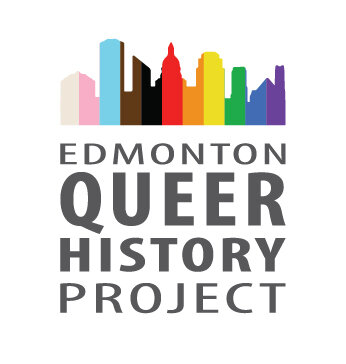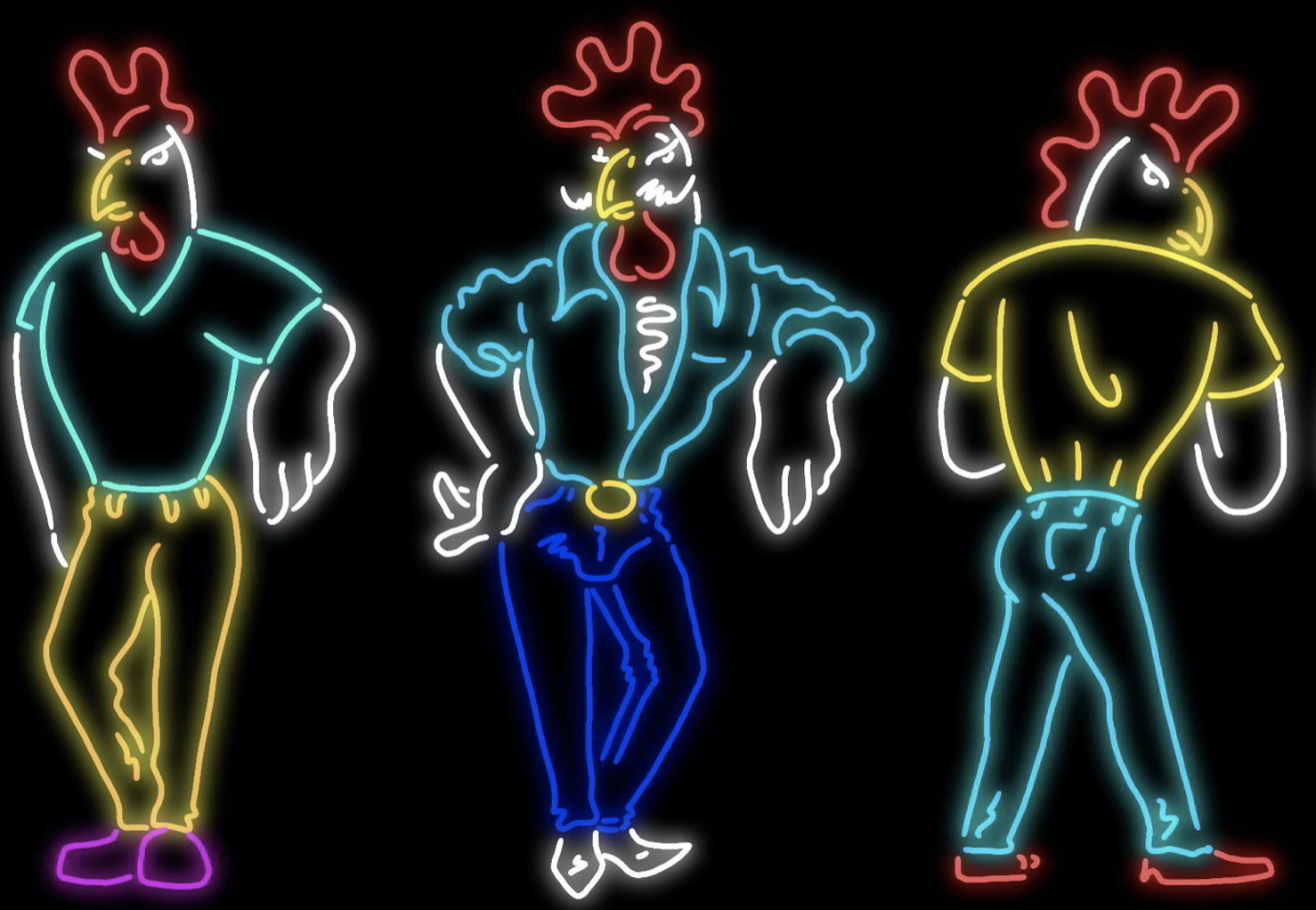CLICK HERE to continue reading full text on this page or download below
For most of the 1970s, Club 70 was Edmonton’s LGBTQ2 watering hole, serving a role as both pub and dance club. Club 70 was a private members’ space run by a board. The founding team of The Roost all served on that board at some point, and as a result, opened The Roost with some experience in Edmonton’s nightlife. Seeing the business potential in a new venture, Dow Hicks, Eugene Keith, Robert (Bob) Dean (aka “Hannah”), and Paul Tilroe established The Roost in the fall of 1977, the same year that disco was dominating airwaves across the world with groups like The Bee Gees. Disco was of particular significance to gay male culture in the late 1970s and into the 1980s, when it quickly lost commercial viability in the straight world with American campaigns like “Disco Demolition Night” and “Disco Sucks.”










